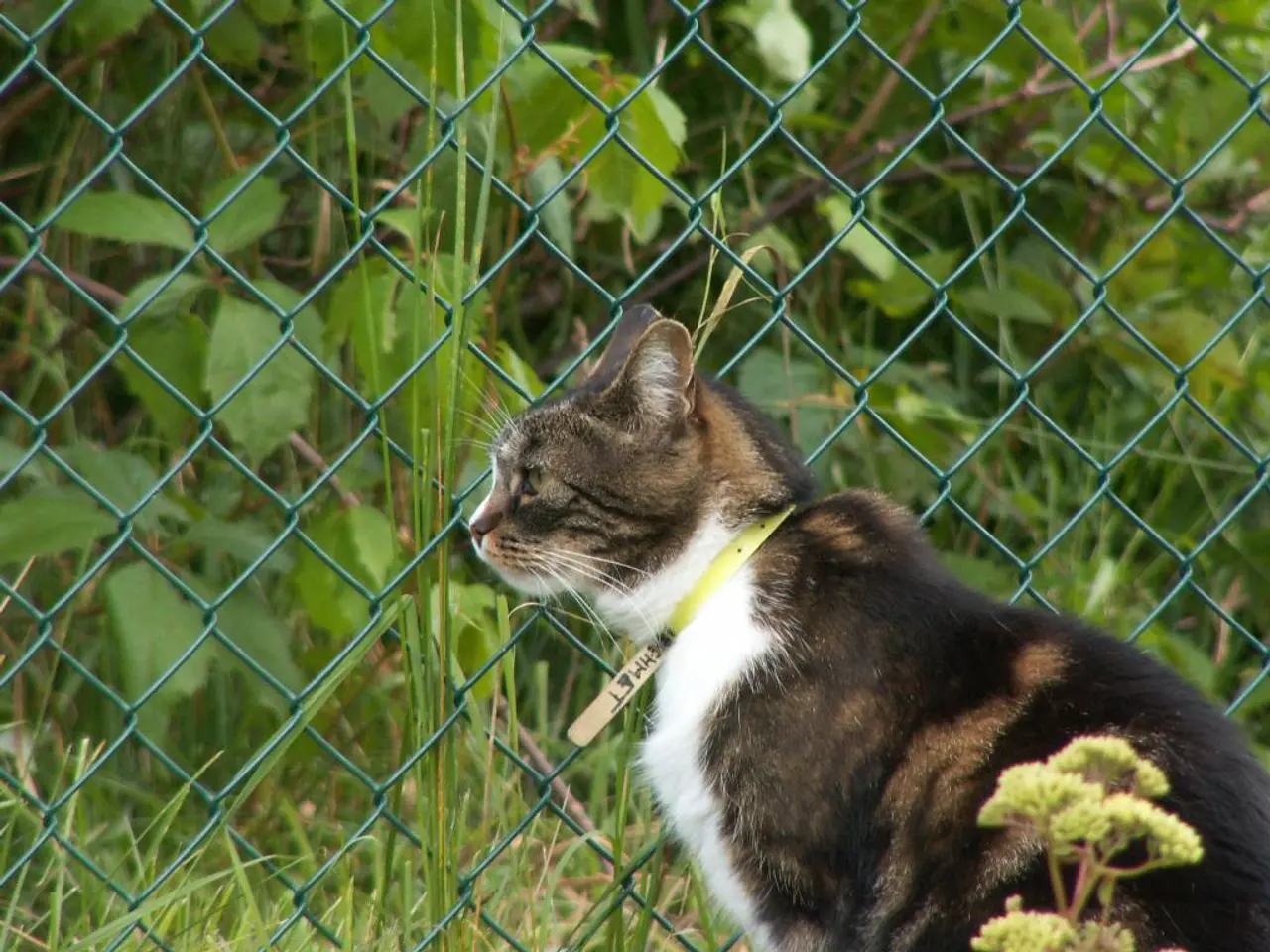Nine Ideal Mates for Catnip to Repel Pests Effectively
Catnip (Nepeta cataria) is not just a favourite of felines, but also a valuable asset in the garden for its pest-repelling properties. By strategically planting companion plants, gardeners can harness the power of catnip to create a balanced ecosystem that deters pests and attracts beneficial insects.
Marigolds and Yarrow: The Perfect Pest-Control Duo
Marigolds and yarrow make excellent companions for catnip. Marigolds discourage a wide variety of predatory insects and pests, offering protection for catnip and its neighbours [2]. Yarrow, on the other hand, attracts beneficial predatory insects like ladybugs and hoverflies, which help control harmful pests [1]. Together, these plants create a beautiful, dense border that is both aesthetically pleasing and functional.
Cabbage Family and Carrots: A Harmonious Coexistence
Catnip also pairs well with vegetables like members of the cabbage family (broccoli, Brussels sprouts, cauliflower) and carrots. Companion plants such as carrots, celery, and onions can benefit from or help repel pests that might otherwise affect these crops [5]. Catnip's pest-repelling properties make it a valuable addition to mixed herb and vegetable plantings.
Zucchini and Squash: A Natural Defence Against Pests
Zucchini, other summer squash, and winter squash all benefit from catnip's insect-repelling trait, much like pumpkins do [6]. Setting a pot (or more!) of catmint nearby can help discourage Colorado potato beetles from damaging potato plants, while squash bugs can significantly damage pumpkin vines, but planting pumpkins near catmint can help keep their population down [4].
Lavender and Rosemary: A Fragrant Friendship
Lavender and rosemary, like catnip, complement beneficial qualities, deterring pests and attracting beneficial insects [7]. These fragrant herbs make excellent companions for catnip, adding a touch of beauty and functionality to the garden.
A Word of Caution
While catnip is a valuable ally in the garden, it does have a tendency to take over and may be best planted in a raised bed or other contained area. Additionally, fennel should not be planted with catnip as it produces a compound that inhibits the growth of most other plants [8].
Catnip and the Feline Connection
One potential downside to growing catnip is that it attracts cats, and planting it may lead to cats using the garden as a litterbox. Gardeners should be mindful of this and consider placing the catnip in a contained area or choosing a location that is less accessible to felines.
Serena Manickam, a freelance editor and writer and sustainable market gardener in rural Virginia, has firsthand experience with the benefits of growing catnip. She holds a BA in environmental science and runs Fairydiddle Farm, a small market garden in which she grows no-spray produce and herbs to sell at a local farmer's market.
In conclusion, catnip is a versatile and valuable companion plant that can help deter a variety of pests, attract beneficial insects, and coexist harmoniously with a range of herbs and vegetables. By thoughtfully selecting companion plants and planning the garden layout, gardeners can create a balanced ecosystem that promotes healthy growth and reduces the need for chemical interventions.
References
- GardenMyths.com
- GardenGuides.com
- GardenDesign.com
- GardeningKnowHow.com
- TheSpruce.com
- GardenBetty.com
- GardenMyths.com
- GardenMyths.com
- Marigolds and yarrow, strategically planted alongside catnip, create a beautiful and functional border that deters pests and attracts beneficial insects.
- Catnip can be partnered with vegetables like members of the cabbage family (broccoli, Brussels sprouts, cauliflower) and carrots, with carrots, celery, and onions aiding in pest control.
- Zucchini, summer squash, winter squash, and pumpkins benefit from catnip's insect-repelling properties, with the plant acting as a natural defense against Colorado potato beetles and squash bugs.
- Lavender and rosemary, like catnip, complement beneficial qualities, deterring pests and attracting beneficial insects, making them excellent companions for catnip.
- Catnip should be planted in a contained area such as raised beds to prevent it from taking over the entire garden, and fennel should not be planted with catnip due to the inhibition of other plants' growth.
- Cats may be attracted to catnip in the garden, potentially using it as a litterbox, so gardeners should place the catnip in a contained area or choose a location that is less accessible to felines.
- Serena Manickam, a sustainable market gardener in rural Virginia, utilizes catnip’s pest-repelling properties and coexistence qualities with various herbs and vegetables on her farm, Fairydiddle Farm.
- By planting a thoughtful selection of companion plants and strategizing the garden layout, gardeners can create a balanced ecosystem that promotes healthy growth and reduces the need for chemical interventions, ultimately promoting a healthier lifestyle that includes food-and-drink, home-and-garden, fashion-and-beauty, and cooking with the harvested produce and herbs.




